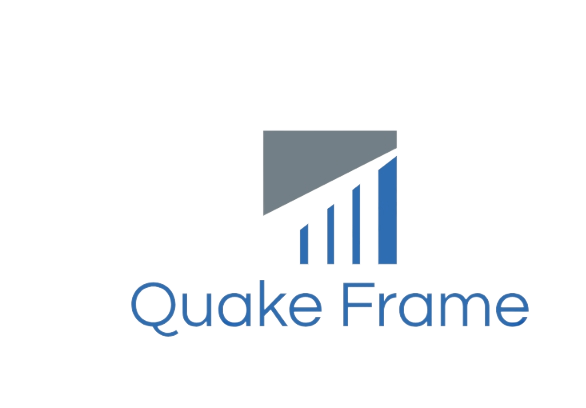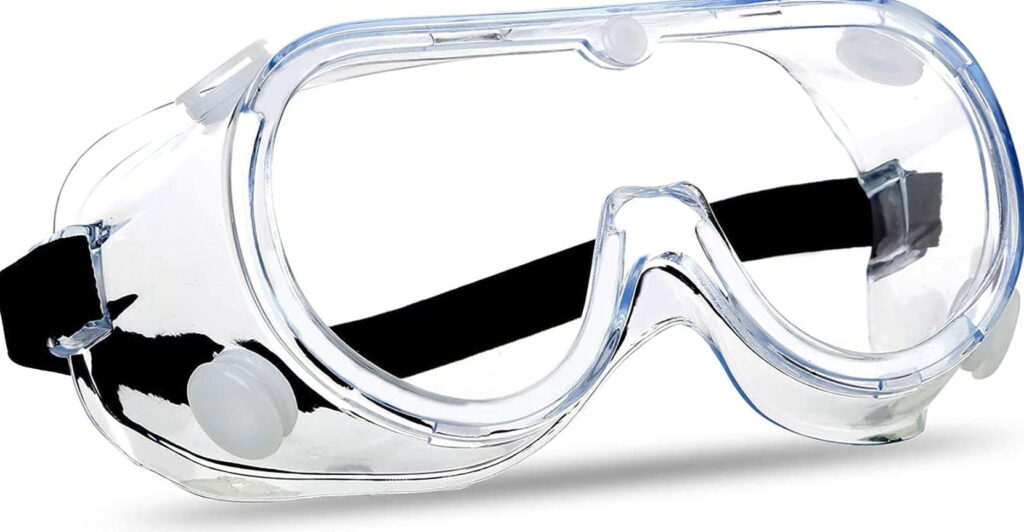When stepping into a laboratory, the importance of safety cannot be overstressed. Protecting one’s eyes from potential hazards is paramount among the myriad precautions. Whether it’s chemicals, biological agents, or physical objects, the risks in a lab setting are real and varied.
This brings us to a critical piece of personal protective equipment (PPE) that is indispensable in such environments: safety goggles. In this post, we’ll dive into the types of eye safety equipment recommended for laboratory use, emphasizing how crucial it is to shield our windows to the world from harm.
Understanding the Risks
Before we delve into the specifics of eye protection, let’s briefly touch upon why it’s so vital. Laboratories are bustling with activities that pose potential eye risks, including chemical splashes, flying debris, intense light, and even infections from biological samples.
The consequences of not wearing appropriate protection can range from temporary discomfort to permanent damage or blindness. Hence, choosing the right type of eye safety gear becomes not just a matter of compliance but of personal health and safety.
The Arsenal of Eye Safety
When safeguarding your vision, having the right tools at your disposal is crucial. Let’s explore the essential protective gear and practices that shield your eyes from harm’s way.
-
Safety Goggles
Safety goggles are arguably the most critical form of eye protection in a lab setting. They offer a secure barrier around the eyes, preventing direct and peripheral exposure to hazardous materials.
Unlike standard glasses, these goggles are designed to fit snugly against the face, offering protection from splashes, dust, and vapors. For laboratories where chemical exposure is a concern, goggles with indirect ventilation are necessary, as they reduce fogging without allowing harmful gases into the eye area.
-
Safety Glasses
In scenarios where the risk is less about splashes and more about flying particles, safety glasses can be an adequate choice. These are similar to regular eyeglasses but are made from stronger materials and often come with side shields for added protection.
They’re ideal for work involving minor mechanical tasks, such as cutting or drilling, where the primary concern is protecting against flying fragments.
Specialized Protection for Unique Hazards
Certain laboratory activities require specialized eye protection:
-
For UV and Laser Work: Labs that work with ultraviolet light or lasers need eyewear that can filter out harmful radiation. Special lenses designed to absorb specific wavelengths are essential to prevent retinal burns or other forms of eye damage.
-
Face Shields: When dealing with extreme hazards, such as the risk of explosion or severe chemical exposure, a face shield may be necessary in addition to goggles. Face shields provide full-face coverage and protect against impacts, splashes, and harmful dust.
Conclusion
In the intricate dance of laboratory work, where precision and safety must move in tandem, equipping oneself with the right eye protection is a step that cannot be overlooked.
Safety goggles stand out as a fundamental shield against a spectrum of hazards, ensuring that our eyes remain unharmed. Remember, in a lab, your safety is in your hands, and protecting your eyes is a cornerstone of that responsibility.

